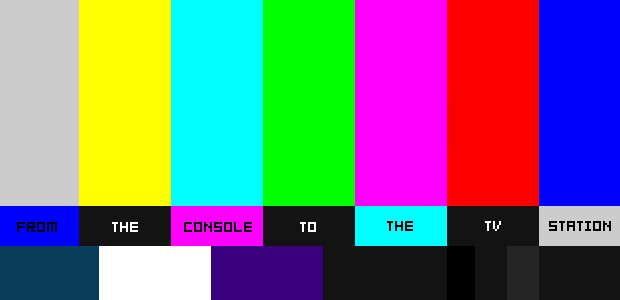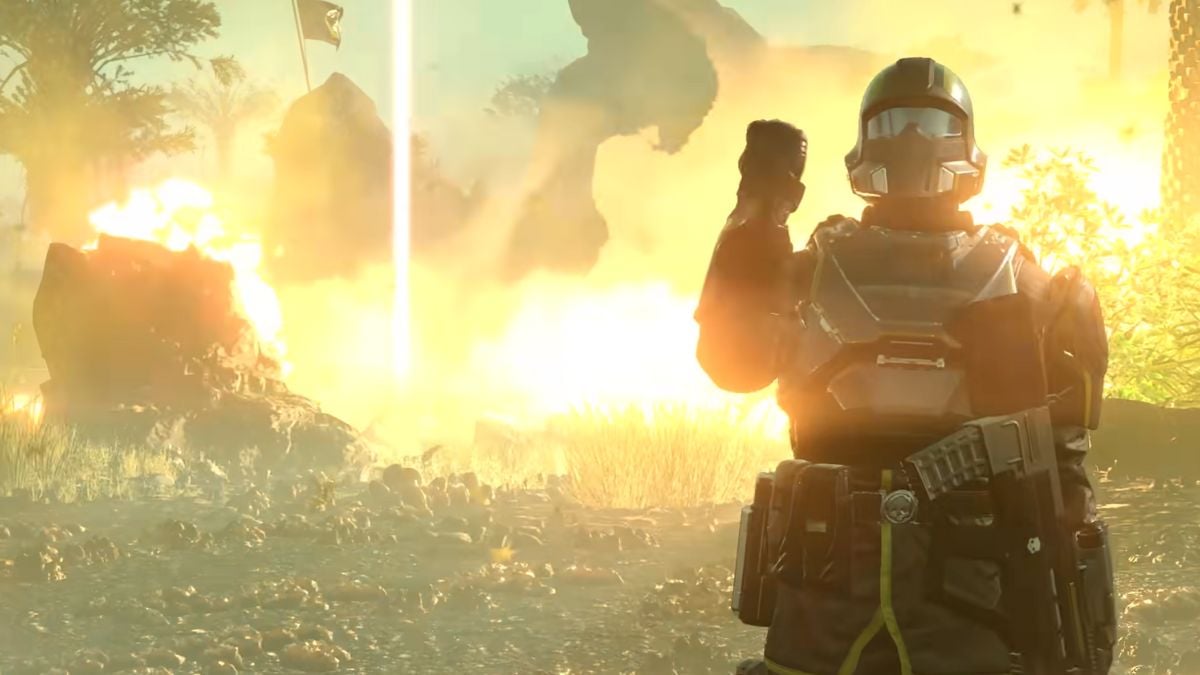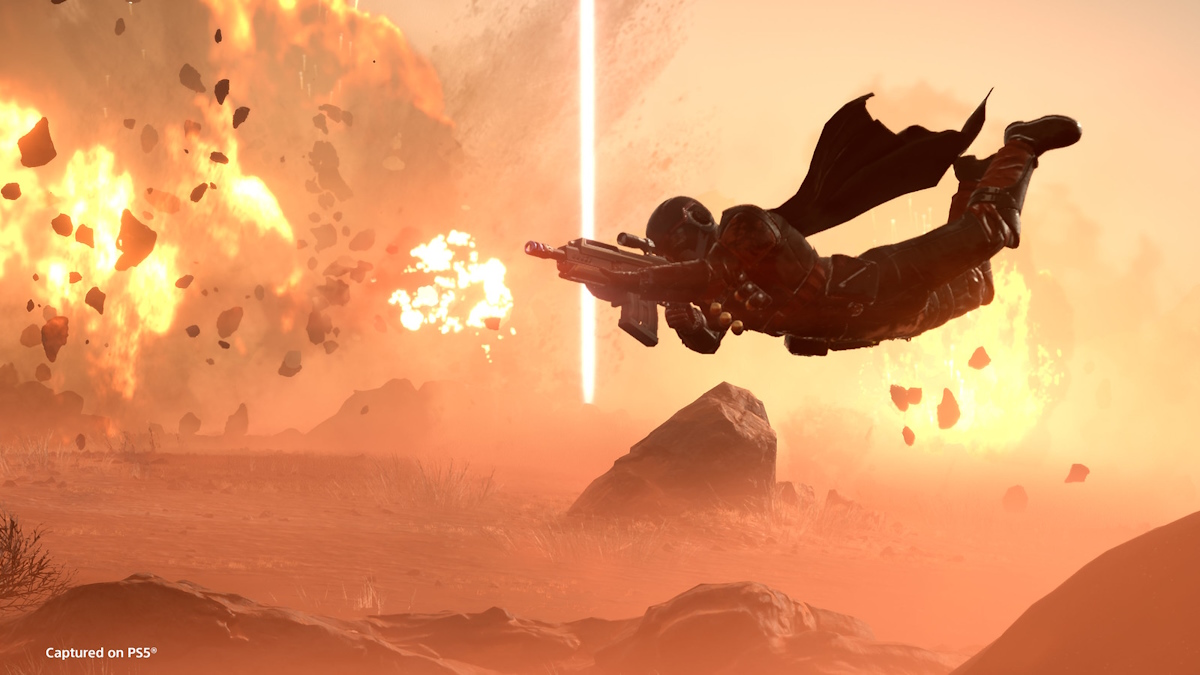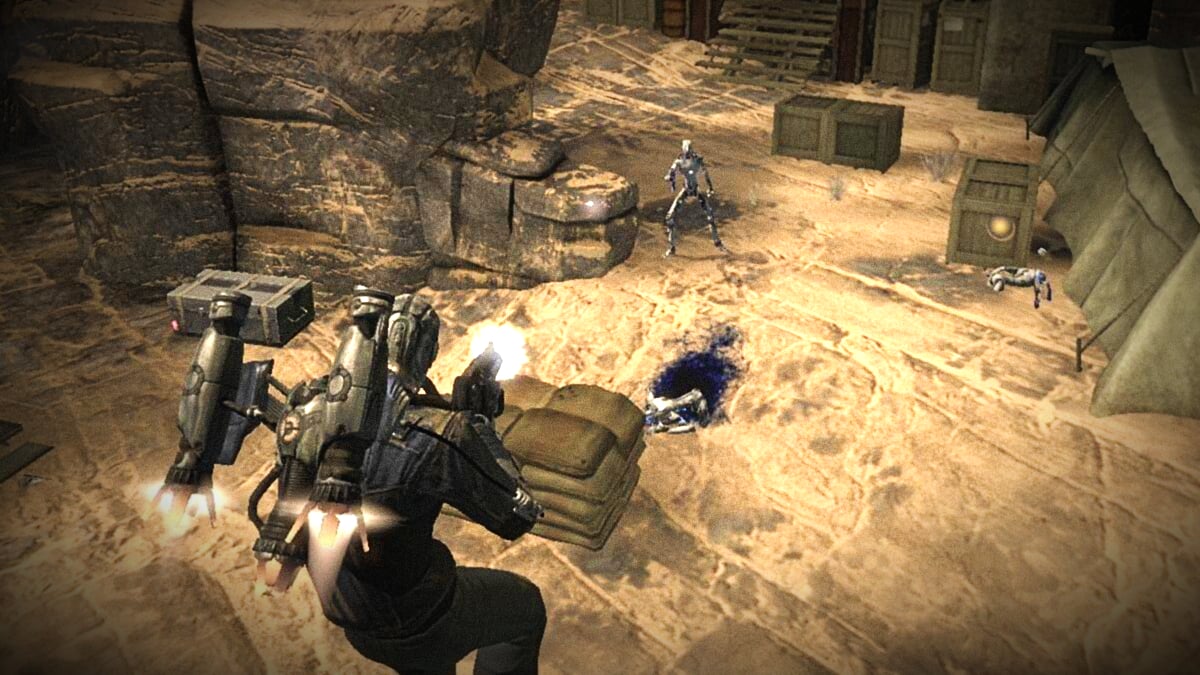Television is a universal thing. Everyone, no matter where they live, has comedy shows, dramas, sports broadcasts, and cartoons. But there are cultural changes in these shows from place to place. In every country, the people have different ideals, beliefs, and cultural icons that make a big impression on the programming that is made for them to watch.
Videogames are also something that is universal. Sure, it may have text that is written in a language that not everyone can understand, but the basic fundamentals of most games — heading for a goal, beating up enemies, jumping onto platforms and over pits — can be understood by anyone, regardless of the language they read and speak.
When a game is made in a foreign land, it shows. It carries with it the footprint of the people who made it. Similarly, any television show, game themed or not, carries that same footprint. If there are two shows from two different countries about the same subject, chances are they can still be completely different from one another.
Today, we will look at just a few of the hundreds of non-American programs based off of the mythos of various videogames. Some are based on some of the same game subjects we’ve seen here before, and others are completely new. Grab your favorite snack and get ready to travel the world of videogame TV adaptations!
France
France is an oft-forgotten center of animation that has churned out plenty of classic TV shows. Last week, I briefly mentioned Donkey Kong Country, a French production made in the late 1990s. Now I would like to show you the only other videogame show to come out of the country.
Ubisoft is based in France, so it makes sense that a TV show starring their mascot (no, not the Rabbids) would be created and broadcast there. Like France 2’s Donkey Kong Country, Rayman: The Animated Series was a completely 3D venture to recreate the graphics of the videogame it was based on (Rayman 2: The Great Escape). Besides Rayman and Admiral Razorbeard, the evil robot pirate leader from Rayman 2, all of the characters featured in this series were new. Ubisoft were the ones behind the entire project, so the new guys felt like they belonged in Rayman’s world.
During the first episode, Razorbeard captured Rayman and threw him into an intergalactic circus. Here, he was forced to perform alongside four other talented captives. He could see how they were being mistreated backstage, and so he decides to spring everybody free. The rest of the season was supposed to chronicle their escape from the bad guys.

Additional material:
– Lac-Mac Napping
– No Parking
– High Anxiety
– Big Date
Japan
Japanese TV companies and animation studios started cashing in on the popularity of videogames just a few years after America’s did, but they have since surpassed everyone else with an enormous number of game-related anime under their belts. Some of these programs, such as Pokemon, went on to gain a great amount of popularity throughout the world, while others were never broadcast outside of the island.
Either way, there are way too many of them to mention them all here. Ape Escape, Bomberman, Kirby, Final Fantasy, Valkyria Chronicles, Chrono Trigger and Sonic, among many others, have had at least one anime adaptation. For all intents and purposes, I’d like to just focus on the Japanese shows that have had a foreign “equivalent”, to study how cultural differences affected the changes made in the transition from the console to the TV station.
One of the first videogame animes was, of course, based on the NES Super Mario Bros. games. As you can probably guess, 1986’s Super Mario Bros.: Peach-hime Kyushutsu Dai Sakusen! (Super Mario Bros.: The Great Mission to Rescue Princess Peach) is impossible to compare with the likes of The Super Mario Bros. Super Show. First of all, it wasn’t a show with multiple episodes, but an hour long made-for-TV film.

It seems that in Japan, the cartoon version Mario was as avid a gamer as the people who played his games! The very first scene of Peach-hime Kyushutsu Dai Sakusen! shows him playing his Famicom through the night with no signs of stopping. The screen suddenly changes to Super Mario Bros., only, Mario is not inside of the game. Because there is no hero, Princess Peach is being chased by dozens of Goombas, Koopas, Paratroopas and Lakitus. They all jump out of the screen and surround Mario before Koopa himself emerges from the game and takes Peach back inside.


Additional material:
– Super Mario Bros.: Peach-hime Kyushutsu Dai Sakusen! English sub
– Mega Man: Appearance in Japan English sub
Canada
Canadian television is perhaps most well known for its great sense of humor. They are less well known for their contributions to game-themed programming. But they did do something pretty awesome in this aspect; they gave us a live-action version of Maniac Mansion, one of the classic LucasArts adventure games. I don’t think this could or would have happened anywhere else in the world, because Canada is awesome.
You might also be suprised to know that it had a lot in common with the great Canadian comedy show SCTV, as it shared many of the same actors, writers, and style. Actually, it had way more in common with SCTV than what it was supposed to be based on. A lot of the more adult-oriented details from the game got cut out in order to make the show more family friendly and generic. You can read about the show in great detail on Guncannon’s C-blog.

Another Canadian production was a show based off of the popular Viva Pinata series. Unlike Maniac Mansion, Viva Pinata was and still is shown outside of its country of origin. The show is centered around four particular pinatas: Hudson Horsetachio, Paulie Pretztail, Fergie Fudgehog and Franklin Fizzlybear. It is more geared toward younger children than most other shows based off of videogames, and is reportedly quite popular among them. I, however, was always kinda put off by the fact that the pinatas interact with one another as if they were the animal stars of a Dreamworks film. Though, there is a Quackberry character who, according to Wikipedia, is “a doctor and psychiatrist with a Groucho Marx-like personality. He wears glasses and a tie, and he customarily tells poor jokes.” I might could get behind that.
Additional material:
– A clip from Maniac Mansion
– Viva Pinata: Hero
– Viva Pinata: Mouse Flap
– Viva Pinata: The Crush

Out of all the cultural differences present in the cartoons discussed above, I think I like those present in Peach-hime Kyushutsu Dai Sakusen! the most. Or, at the very least, I find them the most interesting. In the anime, items like the Fire Flower, Star and even the common Mushroom are treated as sacred items of power. I always thought that these powerful items were never properly represented in the American cartoons. Mario popped ’em like they grew on trees, but in Japan, they were precious and rare items. I like that a lot.
But I digress. This is the part where I’m supposed to tell you what’s coming up next week. Well, I’m actually not sure what to tell you. I have a few topic choices to choose from, and I think I want to make it a surprise. So, just be sure to be here next week, same time, same place!




